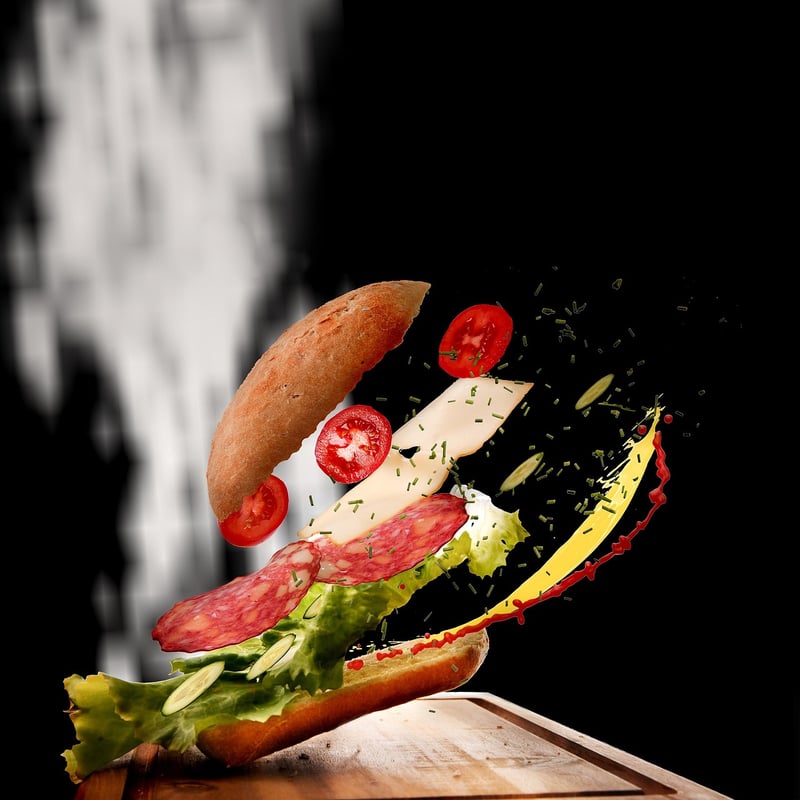Taste Chemistry
The Fascinating Interplay of Ingredients and Taste Chemistry
Food is not just about nourishment; it's a sensory experience that delights our taste buds. Have you ever wondered why certain ingredients come together to create mouthwatering dishes? The secret lies in the intricate dance of taste chemistry, where flavors mingle and interact to produce culinary magic.
The Basics of Taste Chemistry
Taste chemistry is the science behind how we perceive flavors. It involves the interaction of taste compounds with our taste buds, olfactory receptors, and brain. The five primary tastes - sweet, sour, salty, bitter, and umami - play a crucial role in this sensory symphony.
Understanding Flavor Combinations
Pairing ingredients is an art form that involves balancing tastes, textures, and aromas. Certain combinations enhance each other, creating a harmonious blend, while others contrast to create a complex and intriguing flavor profile.
Examples of Flavor Combinations:
- Sweet and salty (e.g., salted caramel)
- Spicy and sweet (e.g., chili chocolate)
- Acidic and fatty (e.g., lemon and olive oil)
- Bitter and sweet (e.g., coffee and chocolate)
The Role of Aromatics
Aromatics, such as herbs, spices, and aromatics, add depth and complexity to dishes. They stimulate our sense of smell, enhancing the overall flavor experience. The volatile compounds in aromatics interact with taste receptors, amplifying the perception of taste.
Visual Appeal and Flavor Perception
Did you know that the way a dish looks can affect how it tastes? Visual presentation plays a significant role in flavor perception. Colors, shapes, and arrangement can influence our expectations and ultimately impact our enjoyment of the meal.
Exploring Taste Chemistry in Cooking
Whether you're a seasoned chef or an amateur cook, understanding taste chemistry can elevate your culinary creations. Experiment with different flavor combinations, explore new ingredients, and pay attention to the interplay of tastes to create dishes that tantalize the senses.
Conclusion
Next time you savor a delicious meal, take a moment to appreciate the intricate interplay of ingredients and taste chemistry that went into its creation. Food truly is a work of art, where science and creativity come together to delight and nourish us.

Remember, the next time you're in the kitchen, embrace the magic of taste chemistry and let your culinary imagination run wild!
